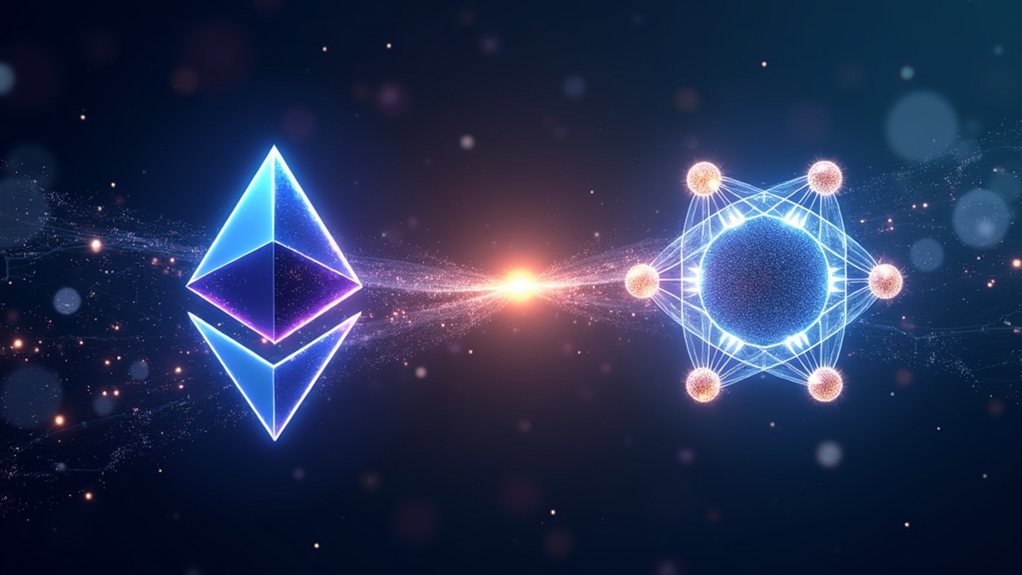The Ethereum blockchain is poised for its next significant evolutionary step with the upcoming Pectra upgrade, an extensive technical overhaul that combines the Prague and Electra improvements into a single coordinated release. Following successful implementation on the Sepolia testnet, developers encountered unexpected challenges when deploying to the Holesky testnet, temporarily disrupting operations and necessitating a postponement of the mainnet deployment originally slated for early 2025.
After resolving the initial disruptions on Holesky, the Pectra upgrade has regained momentum with a revised rollout schedule targeting mid-March 2025 for Phase 1 implementation, followed by a more thorough Phase 2 deployment in late 2025 or early 2026. The upgrade introduces several pivotal improvements to Ethereum’s infrastructure, including improved scalability measures that will increase transaction throughput, optimize data processing, and subsequently reduce gas fees for users across the network. These improvements are expected to address concerns similar to those that caused a chain split on the Holesky testnet. The testnet finally achieved finality at Epoch 119090 after a two-week disruption following the Pectra upgrade activation.
Among the technical advancements, Verkle Trees stand out as a novel data structure that merges Vector Commitments with Merkle Trees, creating more efficient data storage mechanisms. The implementation of Peer Data Availability Sampling (PeerDAS) will further improve scalability by streamlining data verification processes, while Account Abstraction (EIP-7702) introduces flexibility by allowing users to pay gas fees with alternative tokens such as USDC or DAI. This approach builds on the successful Proto-Danksharding implemented in the Cancun upgrade that drastically improved layer 2 scalability.
Validator operations will see substantial changes through EIP-7251, which increases staking limits from 32 ETH to 2,048 ETH, enabling more efficient large-scale staking operations while reducing the total number of validators needed to secure the network. Moreover, EIP-7002 introduces smart contract-controlled staking withdrawals, offering improved flexibility for institutional participants.
The Pectra upgrade builds upon previous milestones in Ethereum’s development roadmap, including The Merge’s shift to Proof of Stake and Dencun’s optimization of Layer-2 solutions.
When fully implemented, Pectra is expected to strengthen Ethereum’s position in the blockchain ecosystem by supporting greater DeFi and dApp development while improving the performance of Layer-2 scaling solutions, ultimately creating a more resilient and efficient network infrastructure.









